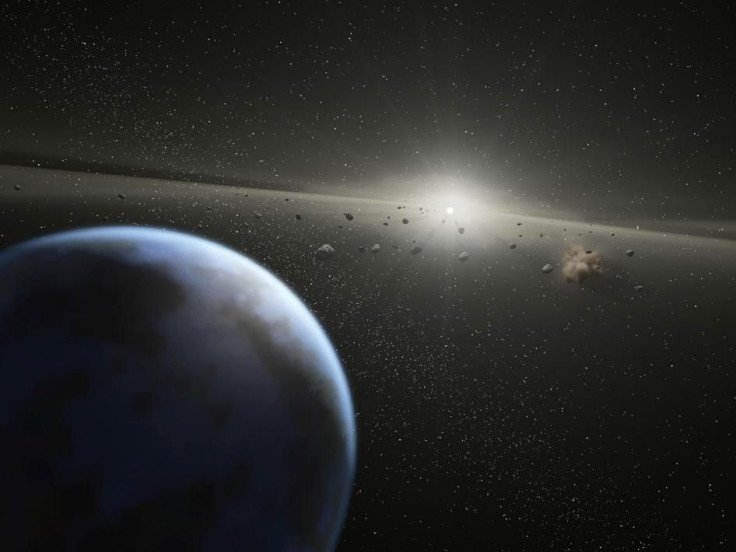NASA Tracker: 3 Asteroids To Fly Past Earth On Monday

KEY POINTS
- NASA detected three asteroids approaching Earth
- One of the asteroids is as big as the Great Pyramid Of Giza
- All three asteroids follow Earth-crossing orbits
NASA’s automated asteroid tracking system has detected three near-Earth objects that will safely fly past the planet on Monday (May 4). Based on the data collected by the agency, the largest asteroid in the group is about as big as the Great Pyramid of Giza in Egypt.
NASA’s Center for Near-Earth Object Studies (CNEOS) identified the first asteroid that will approach Earth on May 4 as 2020 HQ3. As indicated in the agency’s database, this space rock has an estimated diameter of about 161 feet.
It is currently moving across space towards Earth’s vicinity at an average speed of over 21,000 miles per hour. According to CNEOS, 2020 HQ3 will approach Earth on May 4 at 2:13 a.m. EDT. During this time, the asteroid will be about 0.02768 astronomical units or around 2.6 million miles from the planet’s center.
The next asteroid that will zip past Earth on Monday is called 2020 HU9. CNEOS estimated that this asteroid measures about 220 feet wide. It is currently moving across the Solar System at an average velocity of over 38,000 miles per hour.
2020 HU9 is expected to enter Earth’s neighborhood on May 4 at 7:51 a.m. EDT. It will be about 0.04304 astronomical units or about 4 million miles from the planet during its approach.
The last asteroid that will fly past Earth tomorrow has been identified as 2020 HV4. According to the data collected by CNEOS, 2020 HV4 is the biggest asteroid in the group. It has an estimated diameter of about 427 feet and is currently flying towards Earth at a speed of about 22,000 miles per hour.
2020 HQ3 is classified as an Aten asteroid while both 2020 HU9 and 2020 HV4 belong to the Apollo family of space rocks. Although they belong in different asteroid groups, the three approaching space rocks follow natural orbits that intersect Earth’s path as it goes around the Sun.
As Apollo asteroids, the orbital axis of 2020 HU9 and 2020 HV4 is bigger than that of Earth. 2020 HQ3, on the other hand, follows a smaller orbital axis than Earth.
© Copyright IBTimes 2025. All rights reserved.





















